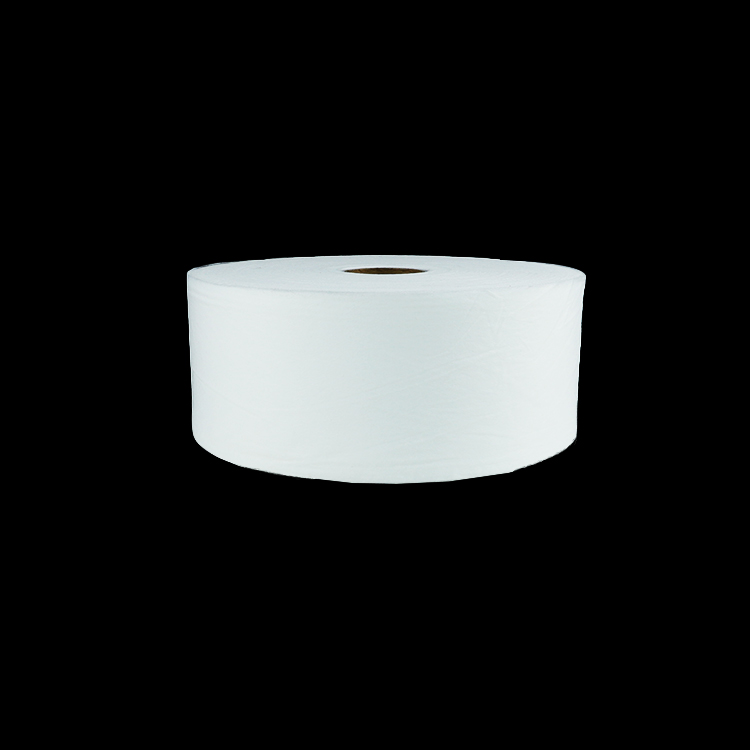1. Overview of Thermal bond non woven fabric
The high-quality ES composite fiber is selected, and after mechanically combing into a web, the web is heated by a pair of hot rollers, and the hot-rolled bonding area is formed in the jaws of the two rollers, and the fed web is heated and pressurized. The thermal conductivity changes due to changes in density and density, resulting in the melting, flow and diffusion of some fibers in the fiber web, resulting in bonding. The fiber web reinforced after cooling is a Thermal bond non woven fabric .

2.Advantages of Thermal bond non woven fabric
A. Light weight: Polypropylene resin is used as the main raw material for production, with a specific gravity of only 0.9, only three-fifths of cotton, with fluffy and good hand feeling.
B. Soft: It is composed of fine fibers (2-3D) and is formed by light point hot melt bonding. The finished product is moderately soft and comfortable.
C. Water repellent and breathable: Polypropylene chips do not absorb water, have zero moisture content, and the finished product has good water repellency. It is composed of 100% fiber, which is porous and has good air permeability. It is easy to keep the cloth surface dry and easy to wash.
D. Non-toxic and non-irritating: The product is produced with compound FDA food-grade raw materials, does not contain other chemical ingredients, has stable performance, is non-toxic, has no peculiar smell, and does not irritate the skin.
E. Antibacterial and anti-chemical agents: Polypropylene is a chemically passive substance, not moth-eaten, and can isolate the erosion of bacteria and insects in the liquid; antibacterial, alkali corrosion, and finished products do not affect the strength due to erosion.
F. Antibacterial property: The product is water-repellent, not moldy, and can isolate the erosion of bacteria and insects in the liquid, and is not moldy.

3. Features of Thermal bond non woven fabric
Thermal bond non woven fabric have the characteristics of high hygiene, high strength, flat density, uniform mesh surface, soft touch, hydrophilic and hygienic, and are widely used in the manufacture of medical and health products.
4. Uses of Thermal bond non woven fabric
Thermal bond non woven fabric is mainly used for medical and sanitary non woven materials; non woven materials for clothing; non woven materials for daily life; non woven materials for industrial use; non woven materials for agriculture; non woven materials for national defense Wait.
1. Medical and health materials
2. Filter material
3. Materials for vehicles
4. Imitation leather material for shoes and hats



 Email: info@whldiapernonwoven.com
Email: info@whldiapernonwoven.com MP/WhatsApp: +86-13599937366
MP/WhatsApp: +86-13599937366 Manufacturer Address:Room 1105B, Bld M1, Manhattan, Yulongwan, Shimao, Shuanglong Road, Meiling Street, Jinjiang, Fujian, China
Manufacturer Address:Room 1105B, Bld M1, Manhattan, Yulongwan, Shimao, Shuanglong Road, Meiling Street, Jinjiang, Fujian, China